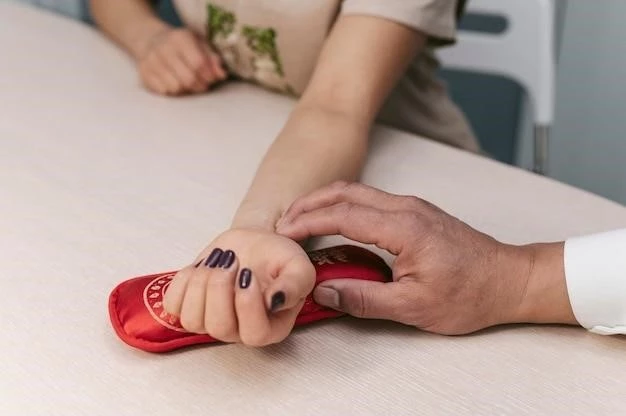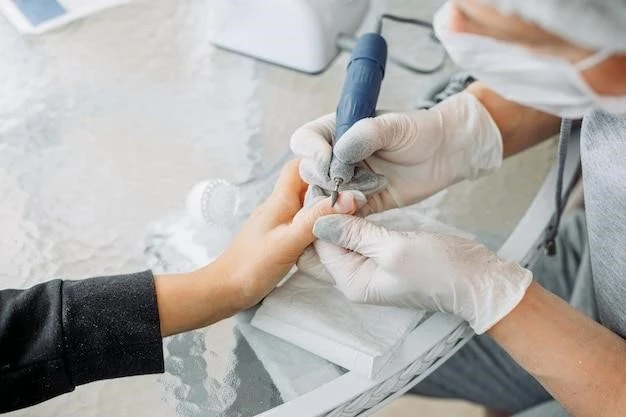Introduction
Onychocryptosis, also known as an ingrown toenail, is a painful condition where the nail grows into the surrounding skin, causing discomfort and potential infection.
Definition of Onychocryptosis
Onychocryptosis, also known as an ingrown toenail, is a common nail condition where the nail plate grows into the surrounding skin, leading to inflammation and potential infection. Typically affecting the big toe, onychocryptosis can cause pain, discomfort, and swelling if left untreated.

Causes and Risk Factors
Ingrown toenails can be caused by various factors such as improperly trimmed nails, wearing tight shoes, injury, and genetics. Certain activities or conditions that put pressure on the toes can increase the risk of developing onychocryptosis.
Factors Leading to Onychocryptosis
Several factors can contribute to the development of onychocryptosis, such as improper nail trimming, wearing tight or ill-fitting shoes, sustaining toe injuries, and genetic predisposition. These factors can lead to the nail growing into the surrounding skin, causing discomfort, inflammation, and potential infection.
Symptoms and Diagnosis
An ingrown toenail, or onychocryptosis, can present with pain, redness, swelling, and potential infection. Diagnosis involves examining the affected toe for signs of the nail growing into the surrounding skin.
Identifying Onychocryptosis
Recognizing onychocryptosis involves observing symptoms such as pain, tenderness, redness, and swelling around the affected toenail. Visual signs of the nail cutting into the surrounding skin can help diagnose this condition. In advanced cases, pus discharge or infection may be present.

Treatment Options
Several treatment options are available for managing onychocryptosis, ranging from home remedies like warm soaks to professional interventions such as nail surgery or antibiotics. Consult a healthcare provider for proper guidance and treatment.
Managing Onychocryptosis
Proper management of onychocryptosis involves various approaches, such as soaking the affected foot in warm water, gently lifting the nail, avoiding tight footwear, and keeping the area clean. In more severe cases, medical interventions like nail surgeries or antibiotics may be necessary to alleviate the discomfort and prevent infections.
Prevention Strategies
To prevent onychocryptosis, individuals can follow measures such as proper nail trimming techniques, wearing well-fitting shoes, avoiding injury to the toes, and maintaining good foot hygiene. Implementing these strategies can reduce the risk of developing ingrown toenails.
Avoiding Onychocryptosis
Preventing onychocryptosis involves maintaining good foot hygiene, wearing properly fitted shoes, avoiding trauma to the toes, and practicing proper nail care techniques. By adopting these preventive measures, individuals can reduce the risk of developing ingrown toenails and associated complications.
